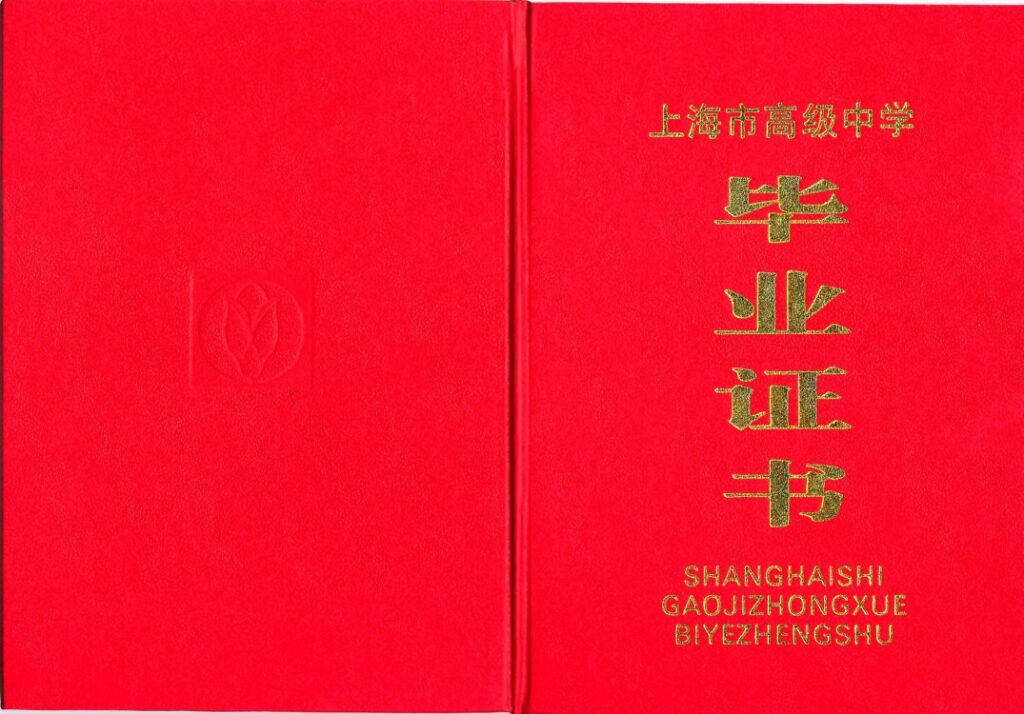
Chinese
Translations
The work of our professional translators is based on their excellent knowledge, experience, professional specialisation, and speed. We adapt to our clients’ requirements and we always try to anticipate their needs. Not even the quantity matters to us, when translating sentences and texts from Belorussian into Chechen; we can handle everything from one page to the whole book. The basis of our work is:
- Speed – possibility of express translations, translations made overnight, or over the weekend;
- Professionality – high quality translations, standard, professional, or proofreading;
- Flexibility – work with many data formats;
- Reasonable prices – including discounts for large-volume orders and long-term cooperation;
- Special services – e.g. graphic processing of materials.
Translations we do
We will prepare high quality translations exactly according to your requirements in respect of the extent, speed, and professional focus.
We provide:
- Standard translations which include contracts, business letters, or fiction books, but also economic and legal documents;
- Professional translations from Chechen (history, psychology, chemistry etc.), for which a special terminology or other materials and information must be searched for;
- Certified translations
- Express translations over 5 standard pages processed within 24 hours, overnight, or over the weekend;
- Proofreading of the text supplied by the customer, with emphasis on grammatical and stylistic accuracy of the text and with minimal interference with the translation itself;

-
Chinese - Czech 800,-kč per NP
The price is per unit Normopage
-
Chinese - English 800,-kč per NP
The price is per unit Normopage
-
Croatian - other languages on request
The price is per unit Normopage
Standard page: The standardized range is determined by legislation, given by Section 3 (2) of Decree No. 507/2020, whereby the standardized length of text is 1800 characters including spaces.
Call us: +420 602 276 400 -100, 420 296 348 348
Order our convenient package of services:
- court-certified translations from/to the language
- representative visual aspects of the documents
- black & white / color printing
- professional consultation
- clause of legal force with filing number on the back of the translations (for easy retrieval in state files in case of loss).

Find us in our office
We are at your disposal in our office:
JSV International Assistant Service s.r.o.
Chronos Business Centre, 4rd floor
Wenceslas square 808/66
Prague 1, 110 00
Czech republic
About Mandarin Chinese
There are lots of different dialects in China so, historically, people from different areas of the country had trouble understanding each other. To solve this problem, China chose Chinese (Mandarin) – also called Modern Standard Mandarin – as its official language. It is estimated that more than 70% of Chinese people understand some of this language and the number is growing due to its use in education and the media.

Dictionary
Hello: Nǐhǎo (Nee how)
Thank you: Xièxiè (Shieh-shieh)
You’re welcome: Bù kèqì (Boo kuh-chi)
Good morning: Zǎo (Zhow)
Goodnight: Wǎn ān (One-un)
My name is…: Wǒ jiào… (Wuh jeow…)
My friend’s name is…: Wǒ de péngyǒu jiào… (Wuh duh pung-yo jeow…)
China
is a country in East Asia. It is the world’s most populous country, with a population exceeding 1.4 billion, slightly ahead of India. China spans the equivalent of five time zones and borders fourteen countries by land, the most of any country in the world, tied with Russia. With an area of approximately 9.6 million square kilometres (3,700,000 sq mi), it is the world’s third largest country by total land area. The country consists of 22 provinces, five autonomous regions, four municipalities, and two special administrative regions (Hong Kong and Macau). The national capital is Beijing, and the most populous city and largest financial center is Shanghai.
Modern Chinese trace their origins to a cradle of civilization in the fertile basin of the Yellow River in the North China Plain. The semi-legendary Xia dynasty in the 21st century BCE and the well-attested Shang and Zhou dynasties developed a bureaucratic political system to serve hereditary monarchies, or dynasties. Chinese writing, Chinese classic literature, and the Hundred Schools of Thought emerged during this period and influenced China and its neighbors for centuries to come. In the third century BCE, Qin Shi Huang founded the first Chinese empire, the short-lived Qin dynasty. The Qin was followed by the more stable Han dynasty (206 BCE–220 CE), which established a model for nearly two millennia in which the Chinese empire was one of the world’s foremost economic powers. The empire expanded, fractured, and reunified; was conquered and reestablished; absorbed foreign religions and ideas; and made world-leading scientific advances, such as the Four Great Inventions: gunpowder, paper, the compass, and printing. After centuries of disunity following the fall of the Han, the Sui (581–618) and Tang (618–907) dynasties reunified the empire. The multi-ethnic Tang welcomed foreign trade and culture that came over the Silk Road and adapted Buddhism to Chinese needs. The early modern Song dynasty (960–1279) became increasingly urban and commercial.

Fun facts of language

- The language uses both the left and the right side of your brain.
- The national standard language has four different tones – if you use the wrong one you could end up calling your mother (mā) a horse (mǎ)!
- The name Mandarin can be traced back to meaning ‘the language of officials’ because the language originates from a dialect once spoken by Chinese officials.
- The Chinese full stop is a small open circle: 。
- Gift giving is important in China and so is the colour of the wrapping paper you choose. Red is considered lucky, gold symbolises wealth while black and white are best avoided because of associations with death and funerals.